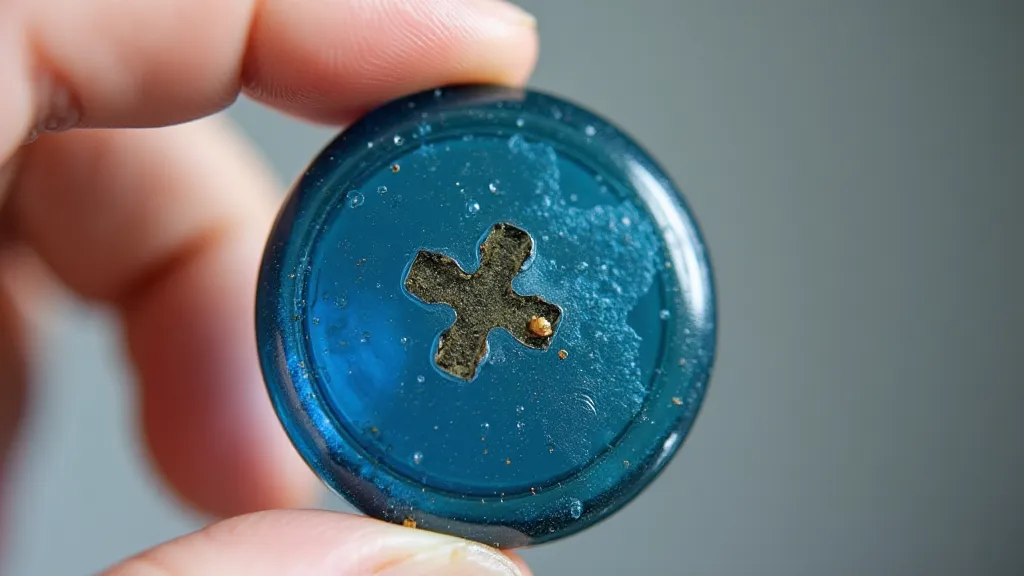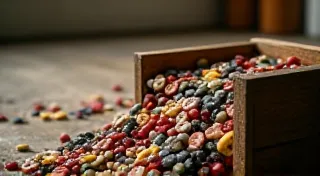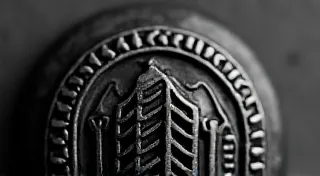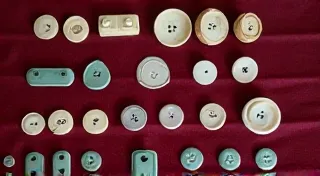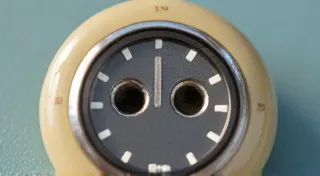Button Materials Explained: Identifying Bone, Glass, and Metal Antique Buttons
Antique buttons are fascinating objects, and understanding the materials they’re made from is key to identifying, appreciating, and accurately valuing them. This article will provide a detailed look at common button materials, focusing on bone, glass, steel, brass, and others, along with tips for distinguishing them.
Bone Buttons: A Common & Organic Material
Bone buttons were incredibly common, particularly during the 19th century. They were a readily available and inexpensive material. The bone used was usually bovine (cow) but could also be from other animals.
Identifying Features:
- Color & Texture: Bone buttons are typically creamy white, ivory, or slightly yellowish. The surface often has a subtle grain or texture, though this can be worn down over time. Older bone buttons can sometimes have a slight brown discoloration.
- Translucency: Hold a button up to the light. Bone buttons will often have some translucency, particularly when new or well-preserved. This translucency becomes less noticeable with age and wear.
- Feel: Bone feels relatively smooth but can have a slightly porous feel.
- Sound: Tapping a bone button often produces a slightly duller sound than metal buttons.
Important Note: Early plastic imitations of bone buttons emerged in the early 20th century. These are generally less dense and lack the subtle grain of genuine bone.
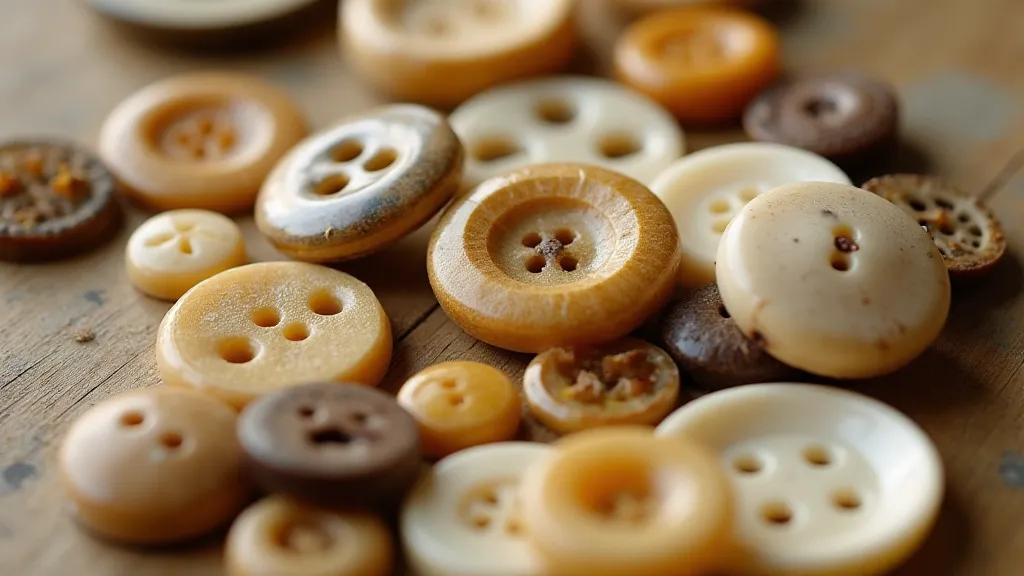
Glass Buttons: Shimmering Beauty
Glass buttons were a luxurious alternative to bone and metal, offering a wide range of colors and decorative possibilities. The type of glass used varied, impacting color and clarity.
Identifying Features:
- Color & Clarity: Glass buttons come in a vast array of colors – clear, milky, ruby red, emerald green, sapphire blue, and many more. Some are clear, while others have a frosted or opaque appearance.
- Translucency: Glass buttons are generally highly translucent, allowing significant light to pass through.
- Surface Imperfections: Older glass buttons often show slight imperfections or bubbles within the glass – a testament to their handmade origins.
- Weight: Glass buttons can vary in weight depending on their thickness and size.
Metal Buttons: Steel, Brass, and More
Metal buttons were (and are) durable and versatile. Several metals were commonly used, each with distinct characteristics.
Steel Buttons
Steel buttons are often blackened or oxidized, creating a matte finish. They were a very common and inexpensive metal used for buttons, especially in the 19th and early 20th centuries.
Identifying Features:
- Color: Typically black or dark gray.
- Rust: Steel is prone to rusting. Rust spots are a common characteristic of older steel buttons.
- Magnetism: Steel buttons are magnetic.
Brass Buttons
Brass buttons offer a warmer, golden tone. They are often decorated with engraving or stamping.
Identifying Features:
- Color: Golden-yellow.
- Tarnish: Brass tarnishes over time, developing a darker, sometimes greenish, patina.
- Magnetism: Brass is not magnetic.
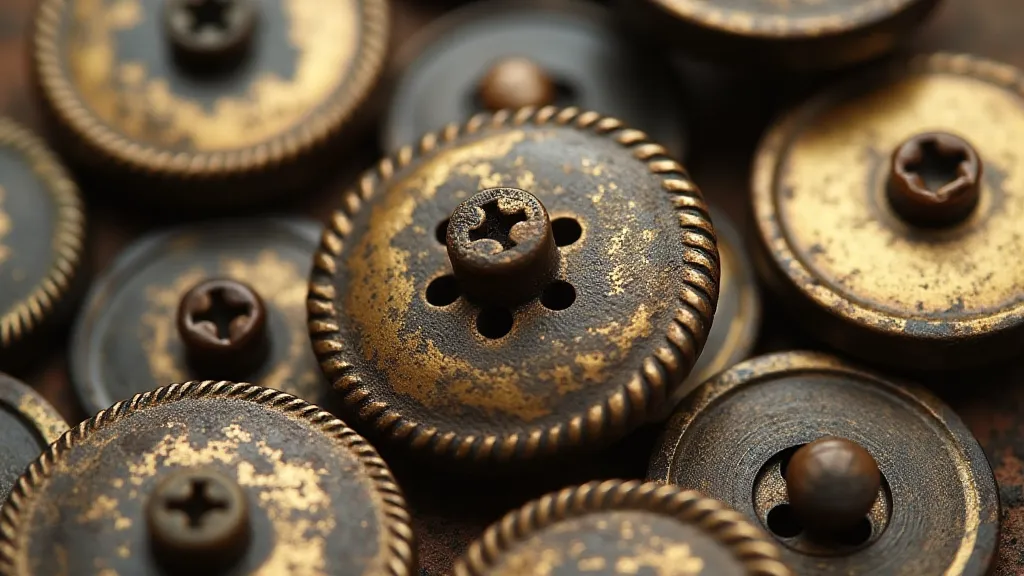
Other Metals
Other metals like copper and silver were also used, although less frequently. These buttons often require more specialized cleaning and handling to preserve their condition.
Combining Materials & Newer Imitations
It’s common to find buttons that combine different materials – for example, a steel button with a glass covering or a bone button with a brass shank. Always examine the entire button carefully.
The 20th century saw the introduction of early plastics, which were often used to imitate the appearance of bone, glass, or metal. These imitations lack the unique qualities of the authentic materials and are generally less valuable.
Preserving Antique Buttons
Proper storage and handling are crucial for preserving antique buttons. Avoid exposure to harsh sunlight or humidity. Clean with a soft cloth and mild soap if necessary. Understanding the materials of your buttons is the first step towards appreciating and safeguarding these small pieces of history.
